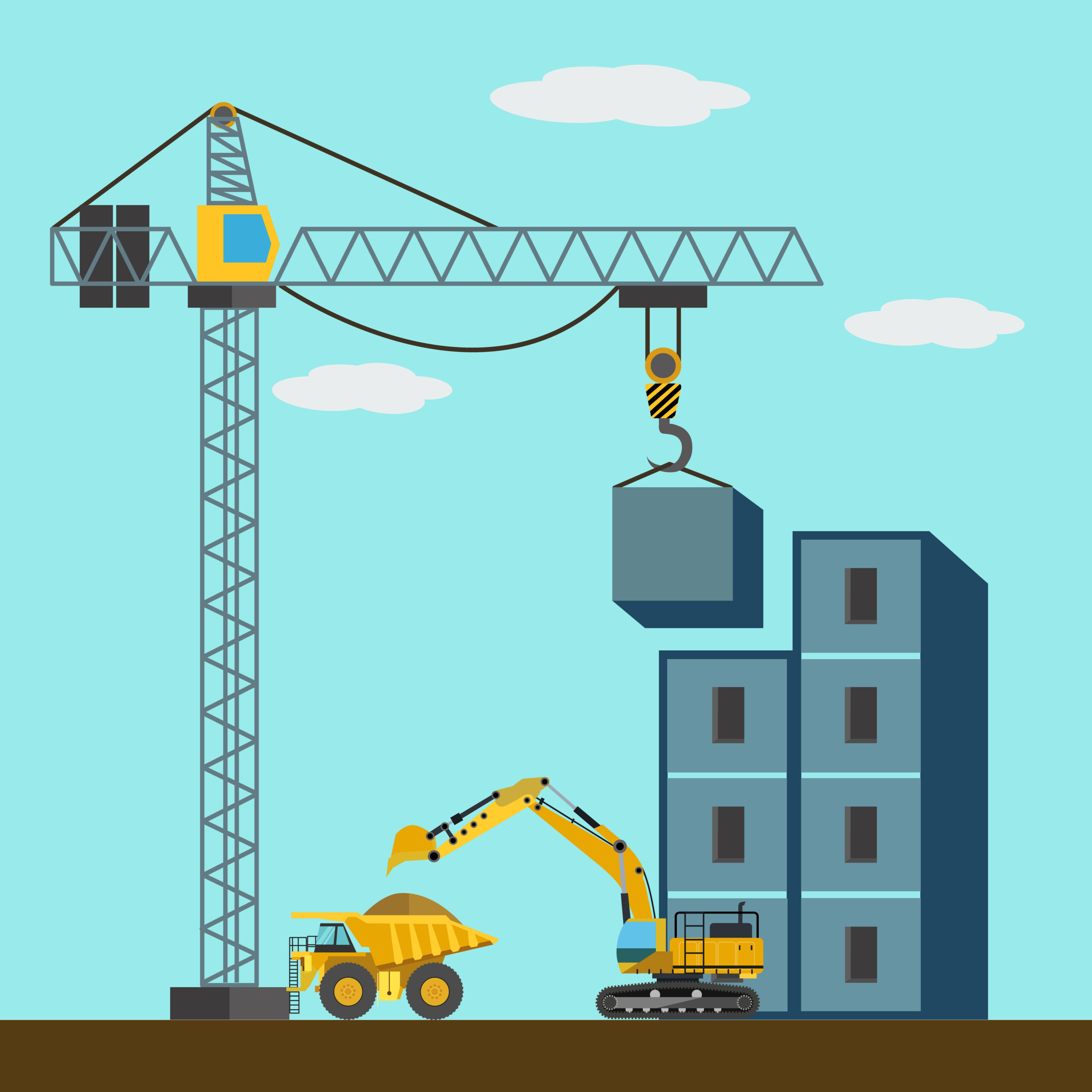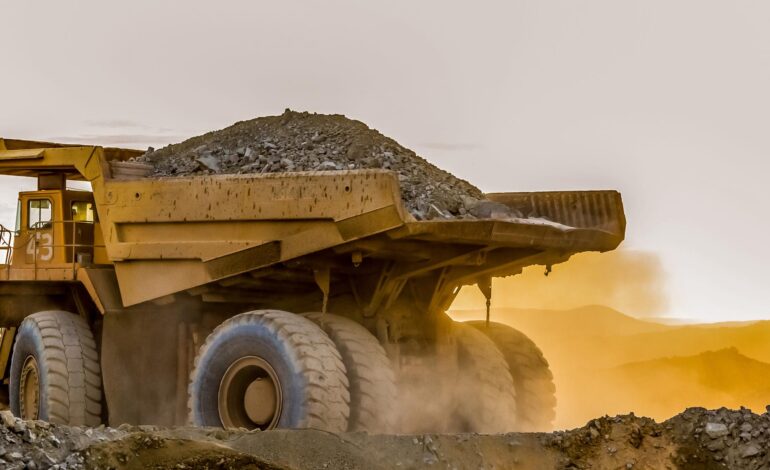A construction site relies on various tools and machinery to ensure efficiency, safety, and productivity. Having the right equipment not only speeds up the building process but also minimizes errors and workplace hazards. In this blog
Heavy Machinery
Heavy machinery plays a crucial role in construction projects, enabling the movement of large materials and efficient site preparation. Some essential heavy equipment includes:
-
Excavators – Used for digging trenches, lifting heavy materials, and demolition.
-
Bulldozers – Ideal for clearing land, leveling soil, and pushing debris.
-
Cranes – Essential for lifting and transporting heavy construction materials to various heights.
-
Loaders – Used for moving dirt, gravel, and other loose materials efficiently.
Concrete and Masonry Equipment
Concrete is a fundamental building material, and the right equipment ensures high-quality construction. Essential tools include:
-
Concrete Mixers – Used for mixing cement, sand, and water to create strong concrete.
-
Trowels and Screeds – Help achieve smooth and even concrete surfaces.
-
Brick and Block Cutters – Ensure precision when shaping bricks and blocks for construction.
3. Scaffolding and Ladders
For projects that involve working at heights, proper scaffolding and ladders are essential for worker safety and accessibility. Some key equipment includes:
-
Metal Scaffolding – Provides a stable and secure platform for workers.
-
Extension Ladders – Ideal for reaching elevated areas safely.
-
Safety Harnesses – Crucial for preventing falls when working at significant heights.

Power Tools and Hand Tools
Every construction site requires a mix of power tools and hand tools for various tasks. Some must-have tools include:
-
Drills and Impact Drivers – For making holes and driving screws into different surfaces.
-
Circular Saws and Angle Grinders – Used for cutting wood, metal, and other materials.
-
Hammers and Screwdrivers – Basic but essential tools for general construction tasks.
-
Measuring Tape and Levels – Ensure precise measurements for accurate construction work.
Safety Equipment
Ensuring worker safety is a top priority on any construction site. Essential safety equipment includes:
-
Hard Hats – Protect workers from falling objects and head injuries.
-
Reflective Vests – Improve visibility and reduce the risk of accidents.
-
Gloves and Safety Boots – Provide protection against cuts, punctures, and heavy impacts.
-
First Aid Kits – Essential for immediate medical response in case of injuries.
Material Handling Equipment
Efficient material handling reduces manual labor and increases productivity. Some important equipment includes:
-
Forklifts – Used for transporting heavy materials over short distances.
-
Wheelbarrows – Help move small loads of bricks, cement, and debris.
-
Conveyor Belts – Useful for transporting materials in large-scale projects.
Conclusion
A well-equipped construction site ensures efficiency, safety, and high-quality project execution. Investing in the right machinery, tools, and safety gear minimizes delays and enhances productivity. By using the essential equipment outlined above, construction teams can optimize their workflow and complete projects successfully.
For more insights on construction best practices, stay connected to our blog!

